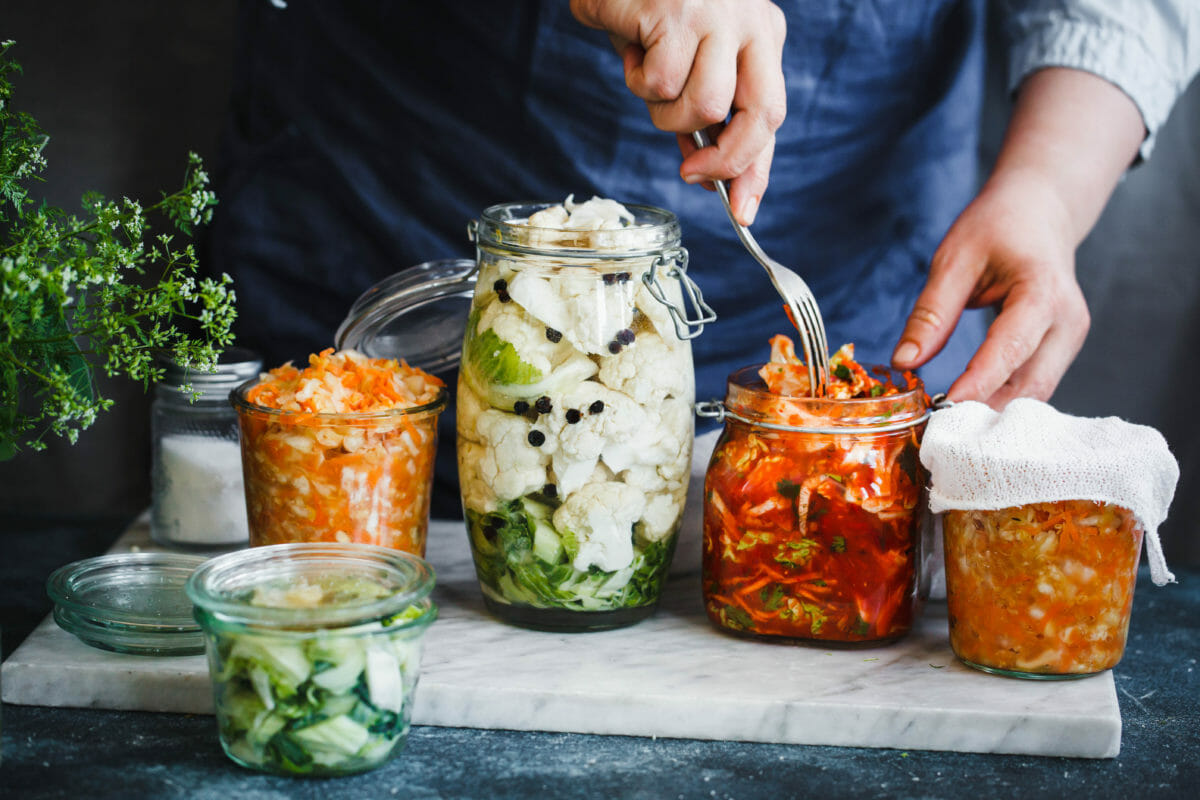
20 Sep Five Food Preservation Tips For Your Fall Harvest
Article sourced from Modern Farmer
Whether drying, canning, freezing or fermenting, follow these pointers to transform fresh garden produce into an off-season larder.
‘Tis the season of abundance. The only downside is there are only so many nights in a week that your family will tolerate zucchini (or collards or green beans). Which means you either compost all that garden gold or feed it to the chickens (if you have chickens, that is) – or, you set aside a Saturday afternoon for a food preservation party.
Freezing
This is the lazy person’s food preservation technique – just chop and drop in a bag. That said, it is one of the few worthwhile ways to preserve green leafy vegetables (kale, bok choy, etc). Make sure to mark the date and the name of the food on each freezer bag. And don’t be afraid to do a little value-added processing before freezing – frozen pesto is a great way to make use of excess basil, for example.
Drying
Extend the life of your rosemary, sage and thyme by clipping off the stems before the first frost hits in fall and hanging them to dry. Use jute garden twine to cinch five to 10 stems in a bunch and suspend them from your kitchen ceiling for at least a week, or until the stems snap when bent. Then store in glass jars.
Dehydrating
From fruit leather to kale chips, a simple electric dehydrator makes it easy to stock your pantry with healthy snacks from the garden (though see Modern Farmer’s plans for building a solar-powered dehydrator). The key is to only use the best quality produce (better to turn your bruised apples into sauce, rather than dried apple rings) and to not leave it in the dehydrator a moment longer than necessary – the end product should be moist, just not so moist that it becomes moldy.
Fermenting
As a food preservation technique, fermentation isn’t limited just to cabbage, from which both sauerkraut and kimchee are made. Almost any firm vegetable, from asparagus to zucchini, can be cultured; pickled root crops are especially nice. For best results, avoid glass jars for the fermenting process, and invest in a ceramic fermentation crock instead.
Canning
Where fermenting invites beneficial bacteria to transform the food into a cultured product, the process of canning is designed to seal out all forms of bacteria and preserve the food in the same form as it was the day you put it in the mason jar. Virtually all fruits and vegetables – think pickles, dilly beans, marmalade and pasta sauce – are suitable for canning. There are two main approaches: water bath canning and pressure canning. The former is best for fruits (including vegetables that are actually fruits, such as tomatoes), while the latter is best for most vegetables. The key to both is to keep all your canning supplies sterile. And as always, label everything clearly and you’ll be eating your fall harvest well into next summer.


